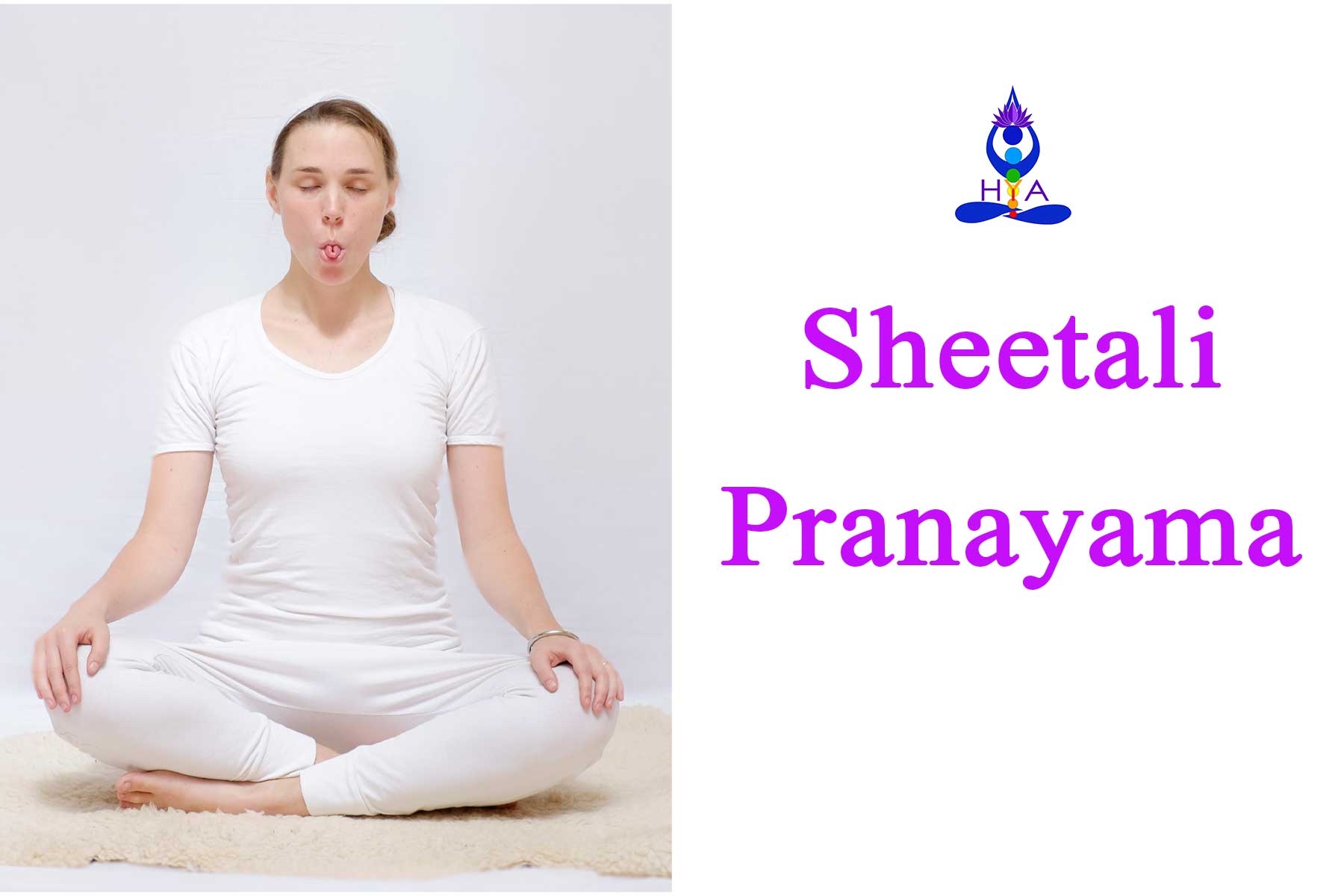
4 Jun 2022 HYN Himalayan Yoga Academy
Sheetali Pranayama, generally known as Cooling Breath, is a popular breathing practice that very effectively cools the body, the mind, and the emotions. The word “Sheetali” comes from the Sanskrit root sheet, which means “cold” or “frigid.” Sheetal translates roughly as ‘that which is calm, passionless, and soothing’. Sheetali pranayama calms and soothes the mind-body organism by activating a powerful evaporative cooling mechanism on the inhalation, delivering a gently cooling energy to the deep tissues of the body. This pranayama soothes the digestive fire for reference a live coal covered in ash might begin to glow under the influence of a cold wind.
- Sit in any comfortable meditation posture with the hands on the knees in shin or gyana mudra.
- Close the eyes and relax the whole body.
- Extend the tongue outside the mouth as far as possible without the strain.
- Roll the sides of the tongue up so that it forms a tube.
- Inhale and draw the breath in through this tube.
- At the end of inhalation, draw the tongue in, close the mouth and exhale through the nose.
- Practice yogic breathing throughout.
- The breath should procedure a noise similar to rushing wind.
- A feeling of icy coldness will be experienced on the tongue and the roof of the mouth.
- This is one round.
- Practice 98 rounds.
Duration:
Gradually increase the number of rounds from 9 to 15 and the duration of each inhalation/exhalation.
For general purposes 15 rounds is sufficient; however, up to 60 rounds may be performed in very hot weather.
Awareness:
On the tongue and the cooling sensation of the breathe.
Sequence:
Practice after asanas and other yogic practices which heat the body in order to restore temperature balance.
Precaution:
You should not practice this technique in a dirty, polluted atmosphere or during cold weather. The nose heats up and cleans the inhaled air before it enters the delicate lungs. However, breathing through the mouth bypasses this air-conditioning and the induction of cold or dirty air directly into the lungs may cause harm.
People suffering from low blood pressure or respiratory disorders such as asthma, bronchitis, and excessive mucus should not practice this pranayama. Those with heart diseases should practice without breathing retention. This practice cools down the activity of the lower energy centers, therefore, those suffering from chronic constipation should avoid it. You should not practice this pranayama in winter or cool climates.
Benefits:
- This practice cools the body and the mind as well.
- It affects important brain centers associated with biological drives and temperature regulation.
- It cools and reduces mental and emotional excitation, and encourages the free flow of prana throughout the body.
- Induces muscular relaxation, and mental tranquility and may be used as a tranquilizer before sleep.
- It gives control over hunger and thirst, and generated a feeling of satisfaction.
- It helps reduce blood pressure and acid stomach.
Advanced practice:
This pranayama can be combined with jalandhara bandha on internal retention. Do not strain when performing kumbhaka (holding), one or two seconds is sufficient at first. The duration may be increased gradually as the technique is mastered.
Practice note:
About one third of the population possess a genetic inability to roll the sides of the tongue into a tube. The practice of seetkari pranayama gives similar benefits.
